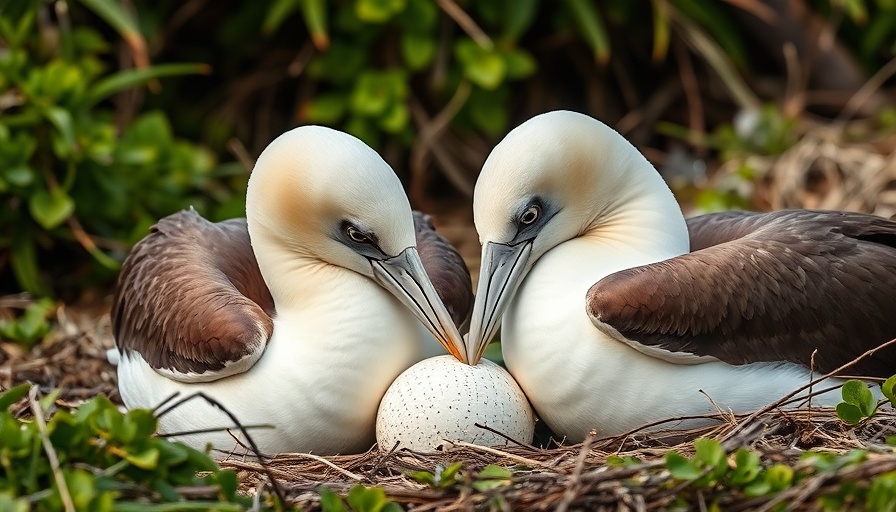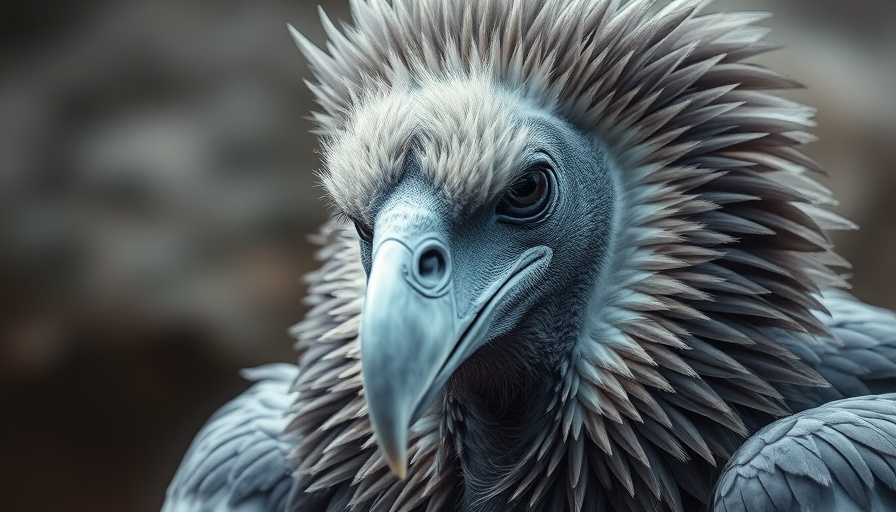
Wisdom of the Ages: The Remarkable Journey of the Laysan Albatross
This month marks a significant milestone as BirdNote celebrates its 20th anniversary, yet the true star of longevity is none other than Wisdom, the Laysan Albatross, renowned as the world’s oldest known wild bird. Currently at least 74 years old, Wisdom has been gracing the tiny Midway Atoll in the Pacific Ocean with her presence for decades. In 1956, the late bird biologist Chandler Robbins embarked on his groundbreaking journey by attaching identification bands to these magnificent birds. Among them was Wisdom, then already five years old. Fast forward to 2002, when Robbins recognized Wisdom during a follow-up study, allowing scientists to observe her extraordinary life trajectory. Since then, Wisdom has raised approximately 30 chicks, showcasing her resilience and nurturing capability.
Symbol of Conservation Efforts
Wisdom’s enduring story is not just significant for bird enthusiasts; it highlights critical conservation efforts aimed at safeguarding the Laysan Albatross species. Albatrosses, known for their incredible wingspans and daring sea-faring capabilities, have faced dire challenges due to human activity and environmental threats. Yet, the work of various agencies, including the U.S. Fish and Wildlife Service and conservation organizations like Audubon, continues to protect these iconic birds from habitat degradation, pollution, and diminishing food resources.
Emotional Connections and Human Impact
A testament to interconnectivity, Wisdom has captured the hearts of countless fans across the globe. From birdwatchers to conservationists, her legacy transcends beyond mere statistics. The emotional weight of Wisdom's story ignites passion in people to advocate for the ocean and its inhabitants. Each season, enthusiasts worldwide hold their breath, waiting for news of her return to the nesting grounds on Midway.
Looking to the Future: Insights on Albatross Populations
As we celebrate Wisdom's life, it also prompts discussions regarding albatross survival and reproductive success in the coming years. With growing threats of climate change and ocean pollution, understanding Wisdom’s life span and reproductive rates will be pivotal in shaping future conservation strategies. Conservationists are hopeful that Wisdom's experiences will pave the way for better insights on breeding patterns and the ecological roles of albatrosses in the marine environment.
Concluding Reflections: Wisdom as a Beacon
As BirdNote celebrates its two decades of storytelling, Wisdom stands as a champion of resilience. She embodies hope and the determination of conservation efforts aimed at restoring populations of Laysan Albatrosses. For those inspired by her journey, it’s a call to action to protect the fragile ecosystems that support these magnificent beings. Amidst an ever-changing world, Wisdom reminds us of the importance of preserving nature for generations to come.
 Add Row
Add Row  Add
Add 


Write A Comment